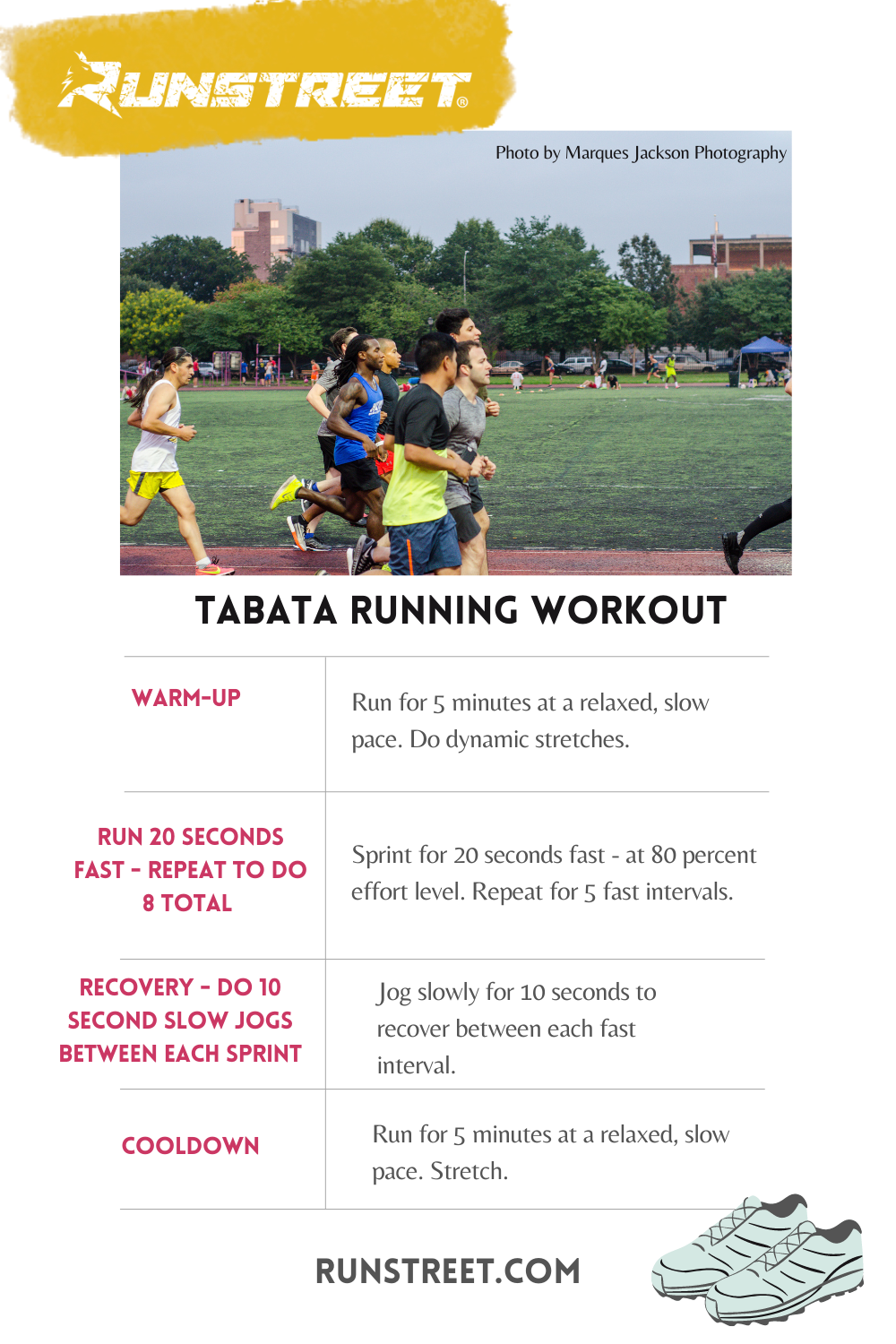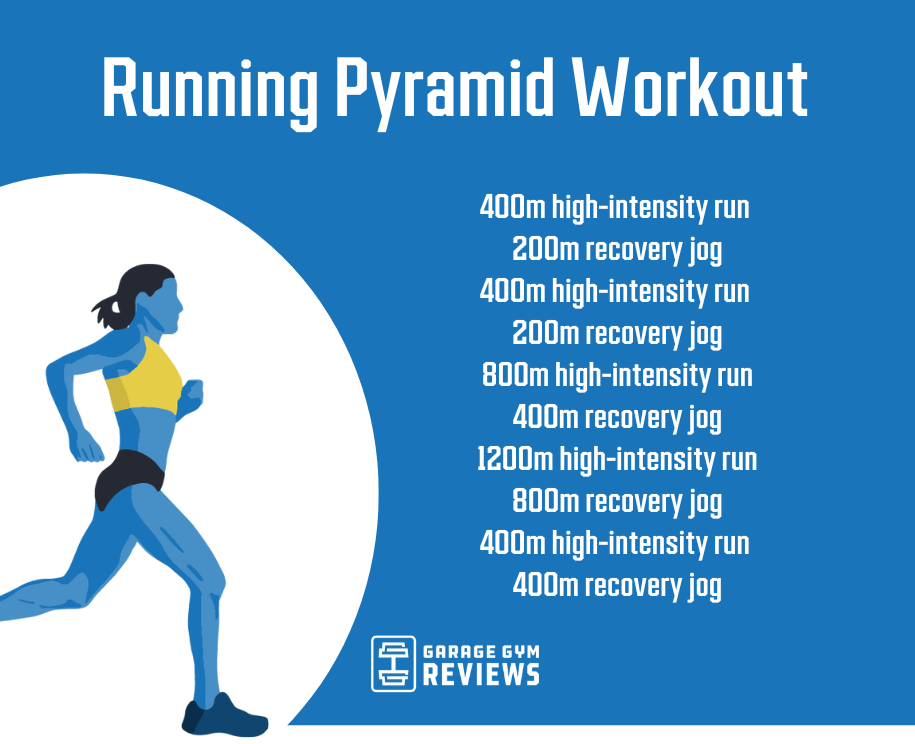The Ultimate Overview to Dealing With Discomfort When Running
Whether you are a seasoned marathoner or simply beginning your running journey, recognizing the various types of pain that can develop and the methods to resolve them is vital. From pre-run workout routines to appropriate footwear option, there are countless factors to consider when it comes to dealing with discomfort while running.

Comprehending Various Kinds Of Running Pain
When running, it is vital to distinguish in between various kinds of discomfort to stop injuries and optimize efficiency (Read More). One typical kind of pain that joggers may experience is muscular tissue soreness, which normally emerges from the tension put on muscle mass throughout exercise. This sort of discomfort is typically a regular part of the running process and can be handled with appropriate workout, cool-down, and extending regimens
An additional type of pain to be conscious of is joint discomfort. Joint pain can suggest issues such as overuse, incorrect kind, or underlying conditions like arthritis. Overlooking joint discomfort can cause much more extreme injuries, so it is vital to address any type of pain quickly and possibly look for professional advice.
Furthermore, sharp or stabbing discomforts should not be neglected. These kinds of discomfort can signal intense injuries such as stress, strains, or tension fractures - running strategy. Remaining to go through these types of discomfort can aggravate the injury and prolong healing time

Pre-Run Workout and Extending Regular
To prepare the body for a running session, implementing an effective pre-run warm-up and stretching routine is necessary. A correct workout aids increase blood flow to the muscles, enhances adaptability, and minimizes the risk of injury during the run. Begin with dynamic stretches like leg swings, arm circles, and high knees to gradually increase your heart price and chill out the muscle mass. Dynamic extending assists imitate the movements you'll be doing while running, preparing your body for the task in advance. Follow this with static stretches concentrating on major muscle mass teams such as the hamstrings, quadriceps, calf bones, and glutes. Hold each go for concerning 15-30 secs without jumping to advertise muscle leisure and adaptability. Bear in mind to pay attention to your body and change the intensity of your warm-up based on your fitness degree and any kind of pre-existing problems. By integrating a constant pre-run warm-up and extending regular into your running regimen, you can optimize performance and decrease the danger of discomfort or injury.
Appropriate Footwear Selection and Fit
Picking proper shoes that fits well is vital for runners to avoid pain and decrease the threat of injuries. Uncomfortable shoes can cause blisters, black toe nails, shin splints, and other unpleasant problems that can hinder efficiency and sideline training. When choosing operating shoes, it is vital to think about factors such as foot type, running stride, arch support, padding, and shoe size. running strategy. Going to a specialty running shop for a gait evaluation and expert fitting can help make certain that you select the right footwear for your individual demands. Running shoes should provide appropriate support and stability while also fitting and lightweight. Additionally, it is advised to change Recommended Reading your running shoes every 300-500 miles to maintain correct padding and assistance. Buying top notch footwear that is proper for your running style and foot anatomy is a positive action in the direction of avoiding pain and injuries throughout your runs.
Nourishment and Hydration Tips for Discomfort Prevention

Hydration is just as vital for runners to prevent cramps, dehydration, and various other pains that can result in discomfort during running. It is advised to drink an ample amount of water throughout the day and specifically before, throughout, and after running sessions. Electrolyte-rich beverages or sports beverages can also be useful for restoring lost minerals and preserving correct fluid equilibrium. running strategy (Read More). By prioritizing nourishment and hydration, runners can boost their performance, lessen pain, and take pleasure in a more comfy running experience.
Post-Run Healing Techniques to Ease Pain
Executing efficient healing strategies is essential for easing discomfort and advertising muscular tissue recuperation after running sessions. In addition, topping aching areas for 15-20 minutes can help decrease inflammation and numb discomfort post-run.
Moistening appropriately post-run is crucial for replenishing liquids shed throughout exercise and helping in muscle recovery. Consuming a balanced treat or dish that includes protein and carbs within half an hour of ending up a run can assist repair muscle cells and restore power stores. Additionally, obtaining adequate remainder is crucial for permitting the body to repair and strengthen muscles. Including energetic healing activities such as light walking or swimming can also aid advertise blood circulation and decrease muscle mass stiffness - Read More. By integrating these post-run healing methods right into your regimen, you can effectively manage discomfort and optimize your running efficiency.
Final Thought
Finally, resolving various kinds of running discomfort with proper workout, stretching, shoes choice, nutrition, hydration, and post-run recuperation techniques is essential for discomfort prevention and monitoring. By comprehending the causes of discomfort and implementing these approaches, runners can decrease discomfort and possible injuries. It is important to prioritize general physical health and wellness to ensure an effective and pleasurable running experience.